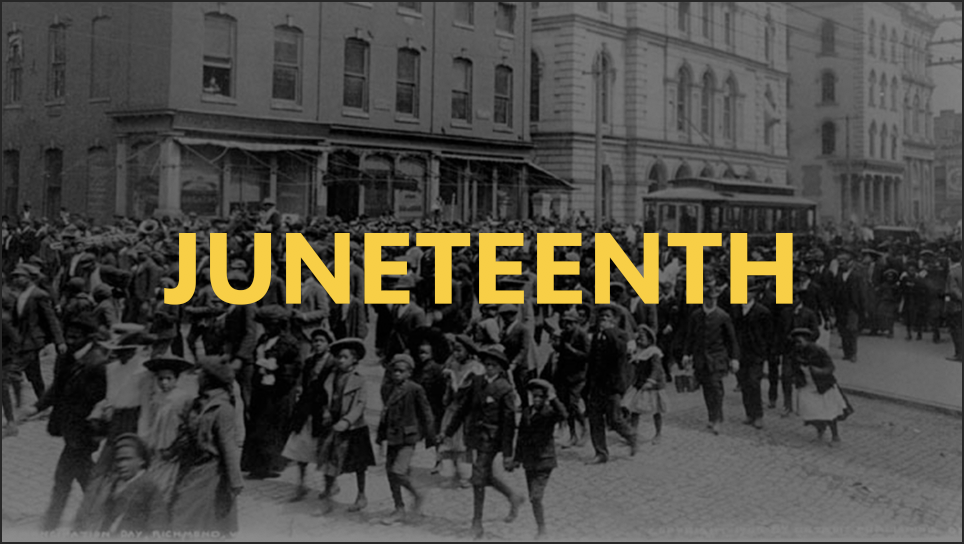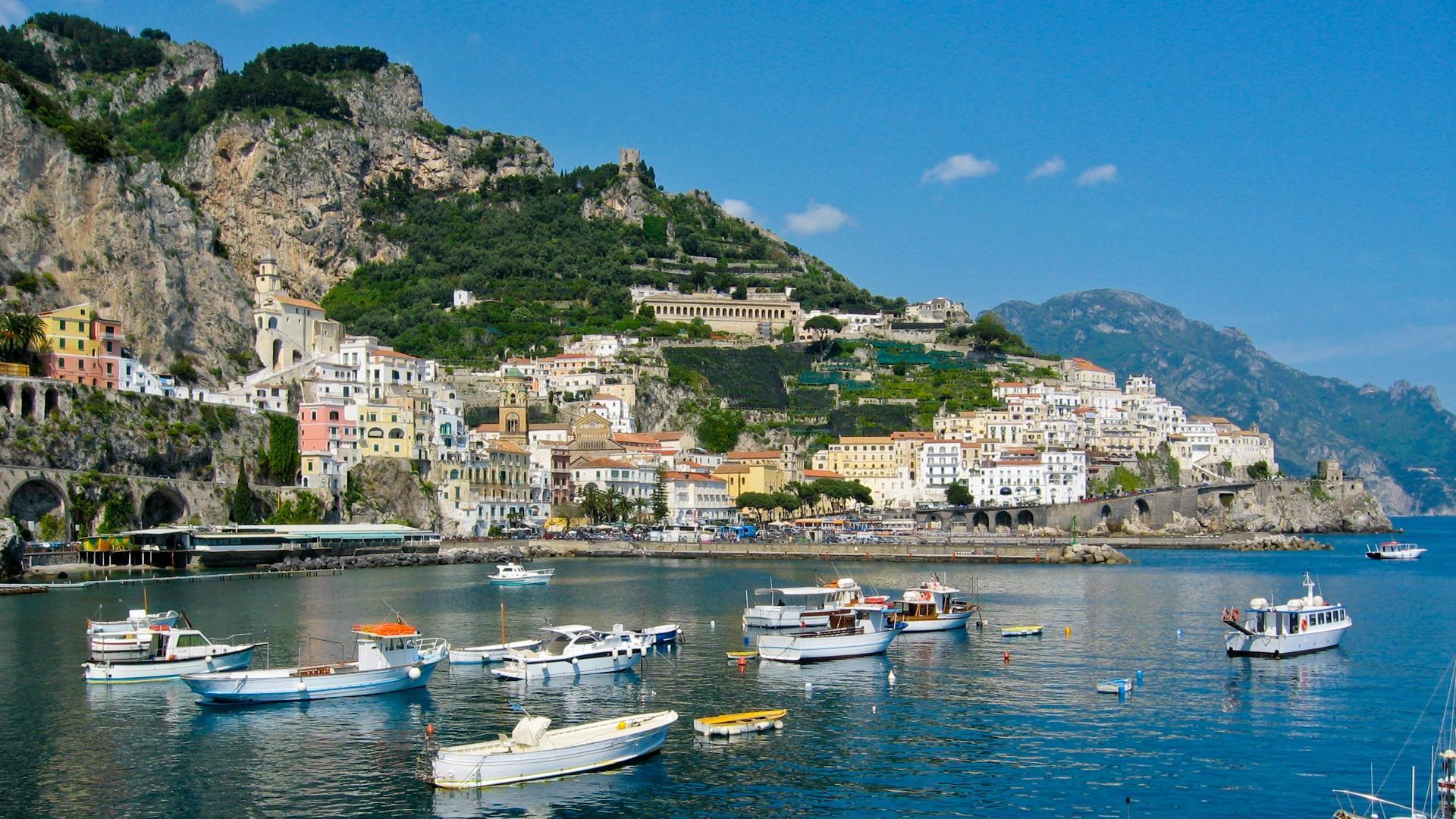The ABCs of Latino Cooking: Recipes and Food History That Celebrate Latino Cultures
We talk a lot about how much of our family, history, and culture is told through our foods. Every holiday or celebration has a dish that signals joy and togetherness, right? And when we are homesick, certain foods will take us back to the comfort of home with one bite. The foods and recipes from Latino kitchens are no different.
We've selected just a few of those unique flavors and recipes to celebrate Latino cooking. This is by no means an exhaustive list, but we think it's a great starting point. We hope you see some of your favorite recipes here and we'll keep adding recipes and food history as we keep learning more.
And if this inspires you to cook something new, you can find even more recipes on PBS Food.
Let's start with A, B, C, D, E
A is for Abuela's Recipes
So much of our cooking is about honoring the foods of families and loved ones. So it's fitting that many of our favorite recipes come from our family kitchens and include cultural notes in their ingredients. So we have two abuela recipes from The Great American Recipe:
Sopa de mi Abuela con Tortitas is from season 3 contestant Ingrid Portillo. Her recipes celebrate her Salvadorean heritage and this one is no different.
Abuelita Food: Flour Tortillas with Conchas and Picadillo is from season 3 winner Jon Hinojosa, who offers this dish as "love letter to all the important people in [his] life." This might be our new definition of comfort food.
C is for chilaquiles and ceviche (gracias Perú!)
And let's include Caesar salad! Caesar salad was created by a Tijuana-based chef, after all.
D is for dulce de leche
Here is a recipe for alfajores that uses a dulce de leche filling.
E is for empanadas
F is for flan
Did you know that the delicious, versatile flan, a beloved dessert in Latin American kitchens, has its origins in the Roman Empire? The sweetened egg-y, milky custard Ancient Romans called "tyropatinam" was spread as the Roman Empire grew. From there historians see recipes for "flado" or flat cake in Medieval Europe, sometimes with added sugar to make a caramel topping. The infinitely adaptable custard had traveled far by the time European settlers arrived in the Americas.
People in Latin American countries have since added their own variations and ingredients, making flan a staple of Latino cooking. For example, the addition of vanilla (native to Mesoamerica and South America) and cajeta (a goat's milk caramel) to flan recipes is uniquely Latino. How many of us make a citrusy version using limes or orange peels for parties? What about the amazing flancocho? So good. And ones with a dash of liquor? Or pumpkin? Honestly, every flan is a fantastic addition to the meal.
How do you make your flan? We have a weakness for Pati Jinich's flan recipe.
G, H, I, J
G is for gandules
Ask around about arroz con gandules and you'll see eyes light up and smiles spread across people's faces. In Puerto Rican families, this dish is on the table for holidays and family gatherings. It is, in fact, Puerto Rico's national dish. This recipe from Family Ingredients is accompanied by a bit of history: the Puerto Rican community in Hawai'i likely dates back to the early 1900s when Puerto Rican laborers immigrated to Hawaii to work on sugar plantations.
K, L, M, N
K is for Key lime!
Hear us out because we know it should be L for limón. But did you know that Mexico is a major global supplier of Key limes? And think about how many times you've squeezed a key lime over your plate and, boom, the food just tasted better. So yeah, we're including Key limes in this list. Here's a recipe for Mexican-style limeade to go with your torta de milanesa.
L is for (tres) leches
See what we did there? Okay, but how many birthday parties, weddings, family gatherings were punctuated with a tres leches cake? Too many to count, if you ask us.
Mole is so varied by region and and household that it makes for a beautiful representation of the diversity of Hispanic and Latino cultures. Mofongo, on the other hand, is a most-traditional Puerto Rican dish. We'll take one of each, please.
N is for nopales
Nopales are magical and delicious. And they're good for you. If you've never prepared the prickly pear cactus paddles for a meal, take a lesson from Pati Jinich on the basics of cleaning and cooking nopales.
R
R is for ropa vieja
Ropa vieja is a classic Cuban dish. It takes time to develop the flavors, but it's a great make-ahead dish to try at home. In this clip from Lidia Celebrates America, watch restaurateur Marcos Lorenzo prepare ropa vieja at one of his Cuban restaurants in Louisville, Kentucky.
S, T, U
S is for sancocho, sofrito
Tostones are just one way to use plátano, but they are always a crowd favorite. If you want more plátano recipes, we have a collection for you!
U is for uva pasas
Uva pasas, or raisins, are found in so man delicious Latino dishes. They add a sweetness and texture to recipes for picadillo, capirotada, and beef empanadas, to name a few.
V
V is for vainilla
Did you know that vainilla, or vanilla, is native to Mesoamerica and South America? Vanilla comes from a flowering orchid and the earliest reports of its cultivation and usage come from pre-Columbian Maya, Olmec, and Totonac communities.
When the Spanish arrived, they were (obviously) enchanted by the smell and flavor so they took it back to Europe in the 1500s. It continued to travel around the world. Vanilla is now grown in various parts of the world, like Madagascar and Hawai'i, to satisfy the worldwide love and demand for vanilla. PBS SoCal shows how to make your own vanilla extract to keep on hand in your pantry.
And if you want to learn about vanilla production in Hawai'i, here's a profile of Oahu-based vanilla grower Saili Levi from PBS Hawai'i.
Support your local PBS station in our mission to inspire, enrich, and educate.
Y, X, Z
Y is for yuca
X is for xocolatl (show·kow·laa·tl)
Practice saying the Nahuatl word used to describe the pre-Columbian cocoa-based drink enjoyed by the Indigenous people of Latin America. It was often flavored with other local ingredients like cinnamon and pepper. Some variations might have included vanilla (they knew how well it paired with cocoa, duh.) The Maya called their cocoa and water drink: "chocolhaa." Both the Maya and Nahuatl words translate to "bitter water." Those words evolved to "chocolate" after cocoa beans were taken back to Europe by the Spanish in the 1500s and everyone in the world realized how much better the world is when eating chocolate.
Xocolatl was called the "Food of the Gods" by Aztec Emperor Moctezuma II. We totally agree with him on that one because it's still delicious.
Z is for zapote
Have you ever eaten this sweet soft fruit? It is native to Mexico, Central America, northern parts of South America, and the Caribbean. The fruit grows year-round can be eaten in various ways, such as fresh from the tree or blended in drinks or baked in pies. Fun fact: a byproduct of the zapote tree is a gummy latex (chicle!) used as a main ingredient in chewing gum.

The best of PBS, straight to your inbox.
Be the first to know about what to watch, exclusive previews, and updates from PBS.
More food and travel stories to explore
- 1
- 2
- Next






